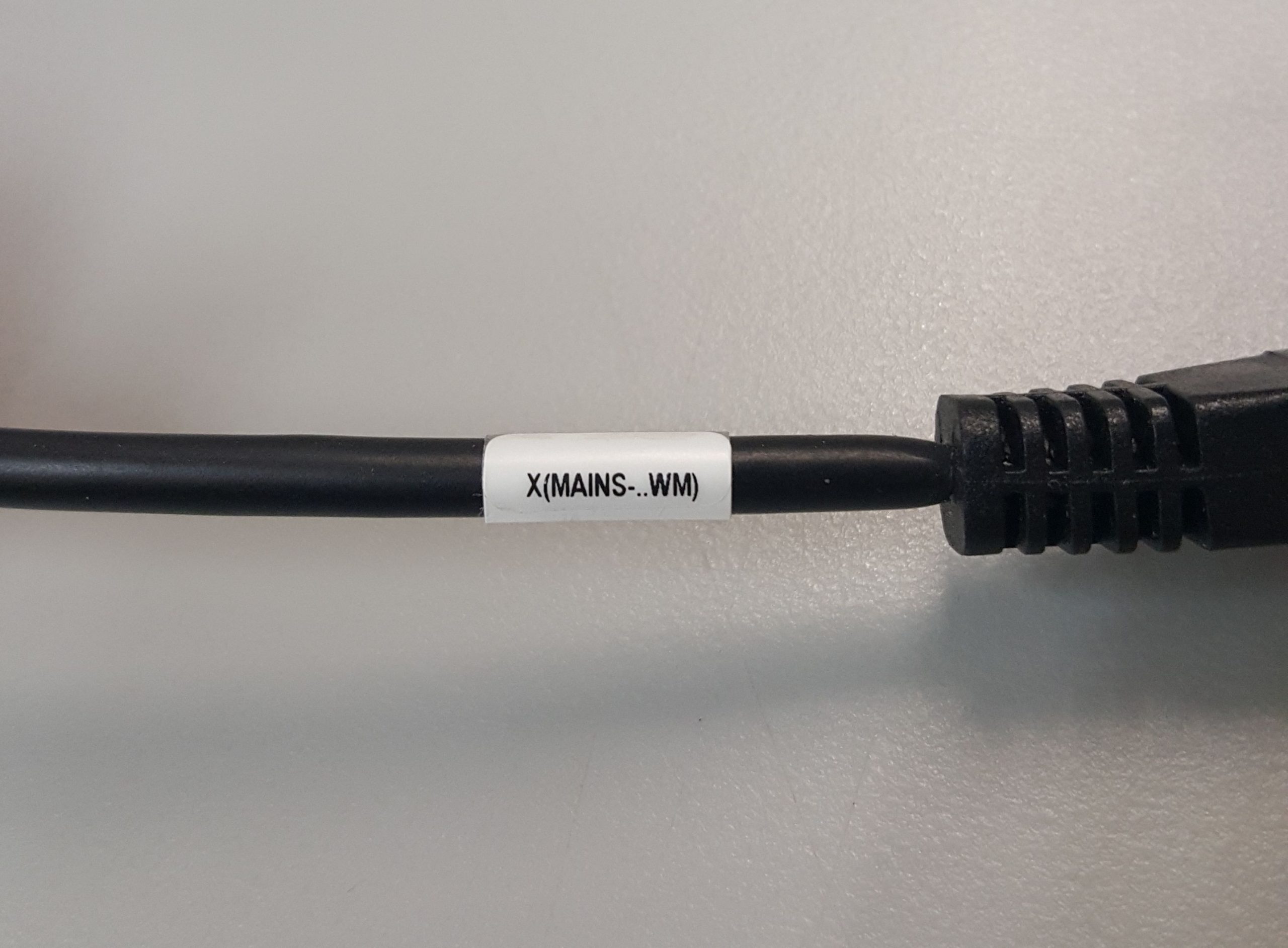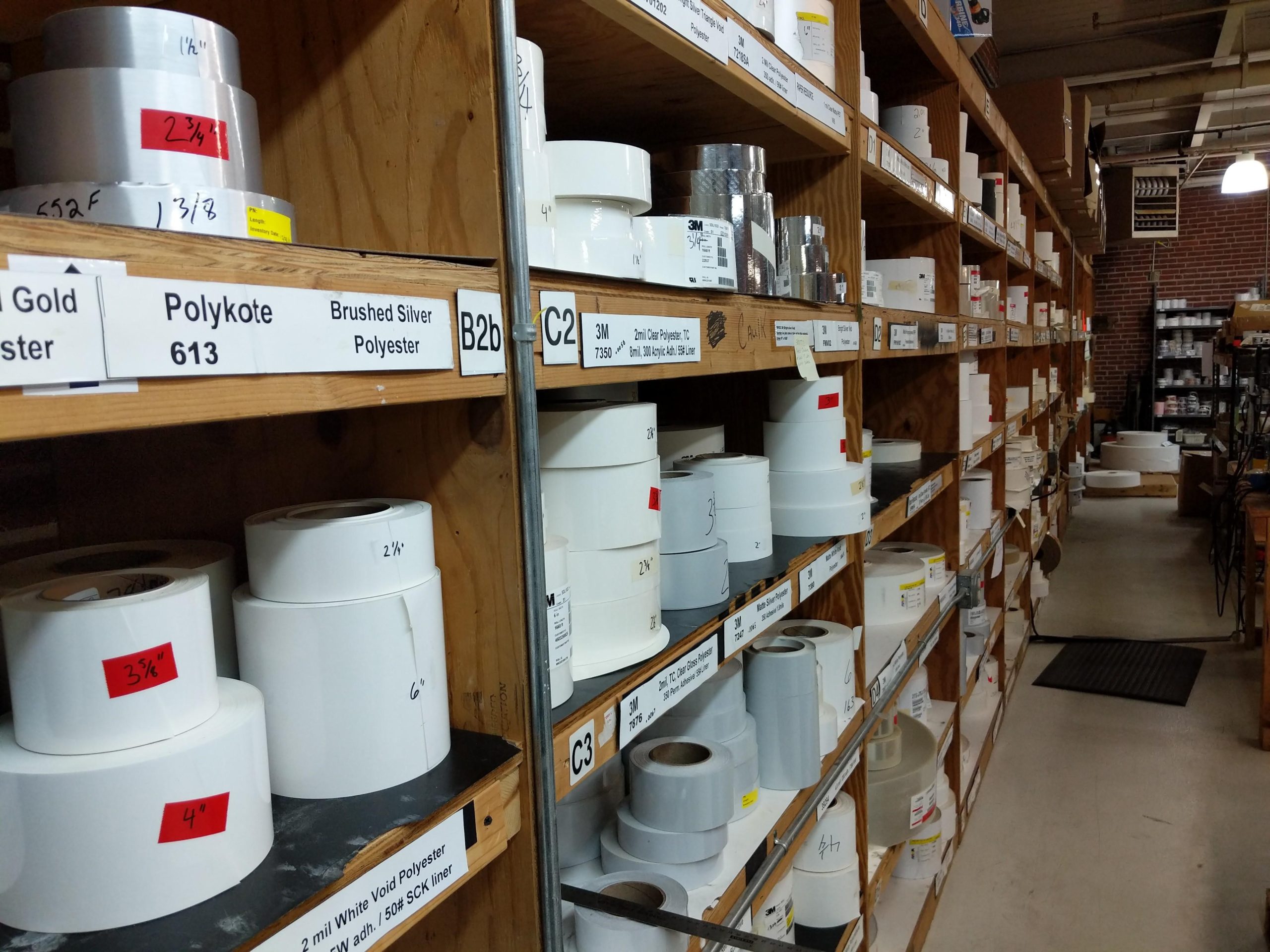What is a UPC code?

The Universal Product Code (commonly called a UPC code) is a standardized barcode system used to identify and track products across the supply chain.
UPC codes are made up of a series of black and white bars and digits that represent a unique identification number assigned to a product.
To obtain a GS1 UPC code (get a UPC code), a company must first become a member of the GS organization and purchase a unique identification number. This number is then used to generate unique UPC codes for each product the company produces.
There are resellers that will sell a small number (1-10) of codes without having to go through GS1 but many companies, including the very large box stores, tend to look down on this practice. Before using any UPC reseller you will want to verify that the number you purchase will remain unique and you will need to verify that your customer will accept a barcode from a reseller.
The first six digits of a UPC code identify the manufacturer or company that owns the product. The next five digits represent the specific product being sold, while the final digit is a check digit used to ensure the accuracy of the code.
Each UPC code is unique to each product and UPC owner to ensure accurate and efficient tracking of inventory and sales. When a company registers with GS1, they are assigned a unique identification number called a GS1 Company Prefix. This prefix is used to generate UPC codes for each product the company produces.
Benefits of Going Through GS1
The GS1 Company Prefix is a globally unique identifier that is assigned to a specific company. It is used to identify the manufacturer or supplier of a product and is a crucial component of the UPC code system. The GS1 Company Prefix ensures that each UPC code generated by a company is unique to that company and is not used by any other company.
Once a company has been assigned a GS1 Company Prefix, they can generate UPC codes for each of their products by assigning a unique product number to each item. The product number, combined with the GS1 Company Prefix, creates a unique UPC code for each product.
For example, let’s say a company has been assigned a GS1 Company Prefix of 123456. They want to generate a UPC code for a specific product, so they assign the product number 78901 to that item. The resulting UPC code would be 12345678901 with a check digit of 2 (1 23456 78901 2). If you want to calculate yours see below, you can also use the GS1 link (check digit calculator)

Parts of a UPC code
If another company were to try to use the same UPC code for a different product, it would create confusion and errors in inventory management and sales tracking. Additionally, if the same UPC code were used for two different products by the same company, it would be difficult to differentiate between the two products and track them accurately.
The last digit of a UPC code is called the Check Digit the check digit is an important component of the GS1 UPC code system. It is the final digit in the UPC code and is used to verify the accuracy of the entire code. The check digit is calculated using a mathematical formula that takes into account the other digits in the code.
Difference Between UPC and Other Barcodes
One of the main differences between UPC and other barcodes is the type of information they can store. UPC codes are primarily used to identify products and link a limited amount of information such as the product name, price, and weight. In contrast, other types of barcodes such as QR codes and Data Matrix codes can store much more information, including website URLs, contact information, and even video content.
In summary, the GS1 UPC code is a standardized system used to identify and track products across the supply chain. It consists of a unique identification number assigned to a product, represented by a series of black and white bars and digits. When scanned at a POS system, the UPC code retrieves product information from a database, allowing for efficient and accurate inventory management.
Calculating the Check Digit
To calculate the check digit, Add the digits in the odd-numbered positions from the right (first, third, fifth, etc. —not including the check digit) together and multiply by three.
For example, if the sum of the odd digits is 26, then the check digit would be calculated as follows:
- Multiply 26 by 3 to get 78
- Add the even digit(s) to get a total of 98
- Determine the amount needed to bring the total to the next highest multiple of 10, which in this case is 2 (because 98 + 2 = 100)
The final UPC code would then be 11 digits plus the check digit (in this case, 2).
When a UPC code is scanned at a point of sale (POS) system, the scanner reads the code and calculates the check digit using the same formula. If the check digit does not match the one in the code, then the scanner will recognize that the code is invalid and may display an error message or reject the item.
The check digit is an important feature of the UPC code system because it helps to prevent errors in scanning and data entry. It also helps to prevent fraud and counterfeiting, as it is much more difficult to create a valid UPC code without the correct check digit.
We are a WBE and manufacture custom UPC labels, from paper to polyester with your logo.
Need More Information on UPC codes? Contact us.
Talk to a label expert at 1-800-321-3653 or 404-671-3150.






